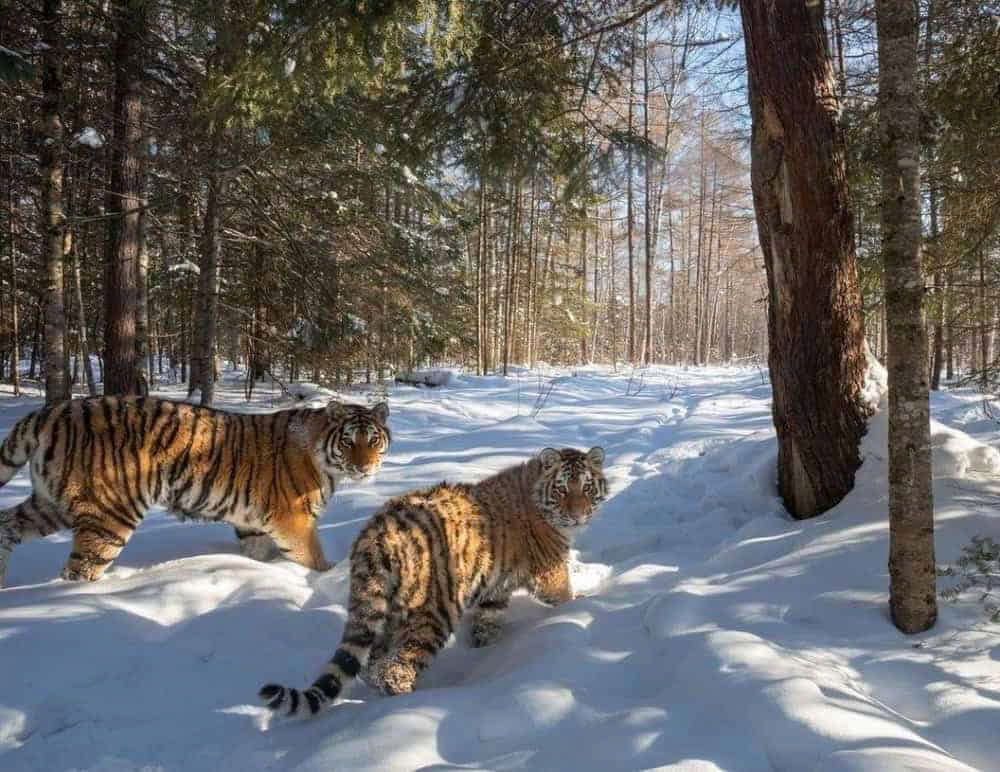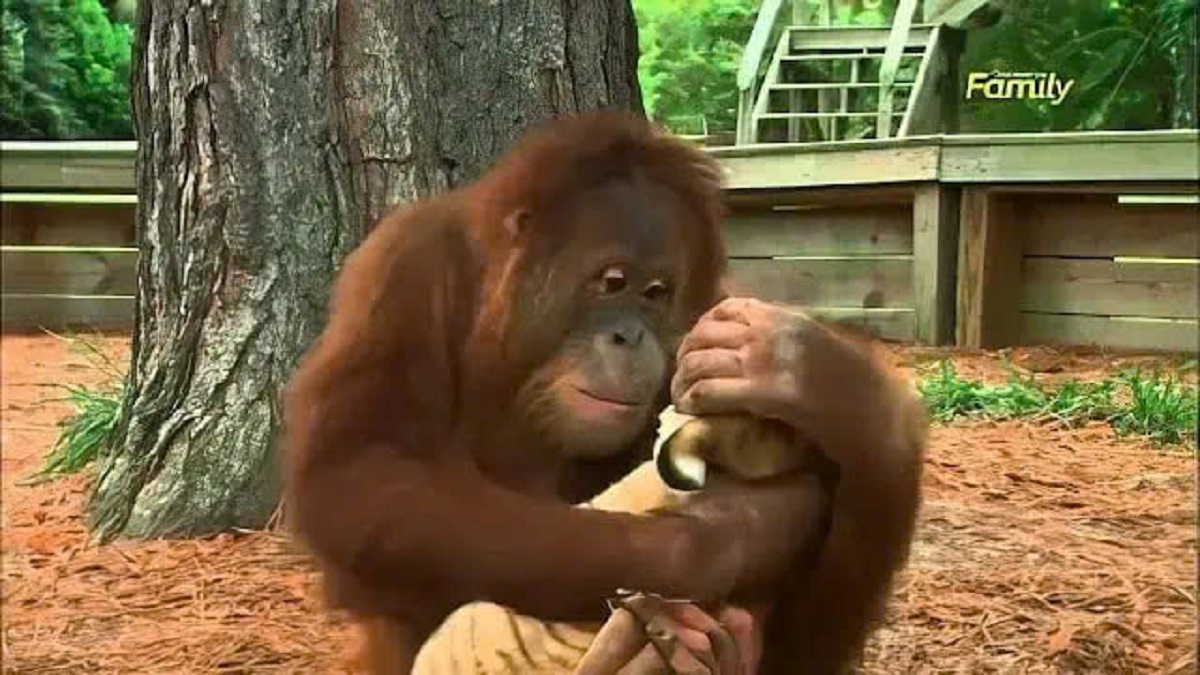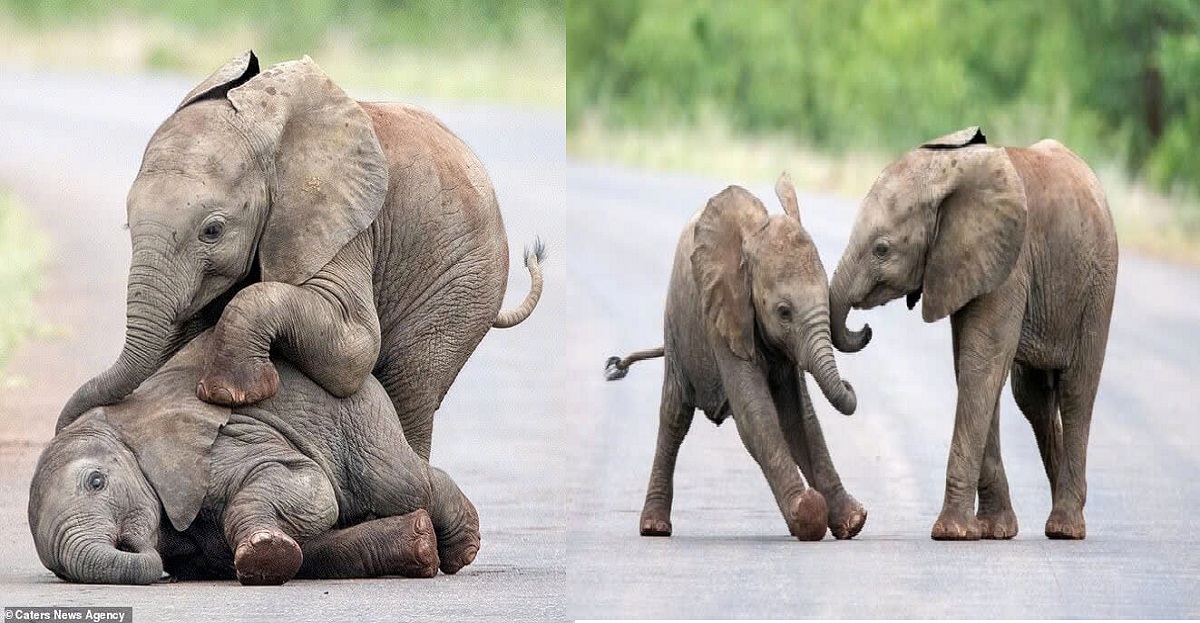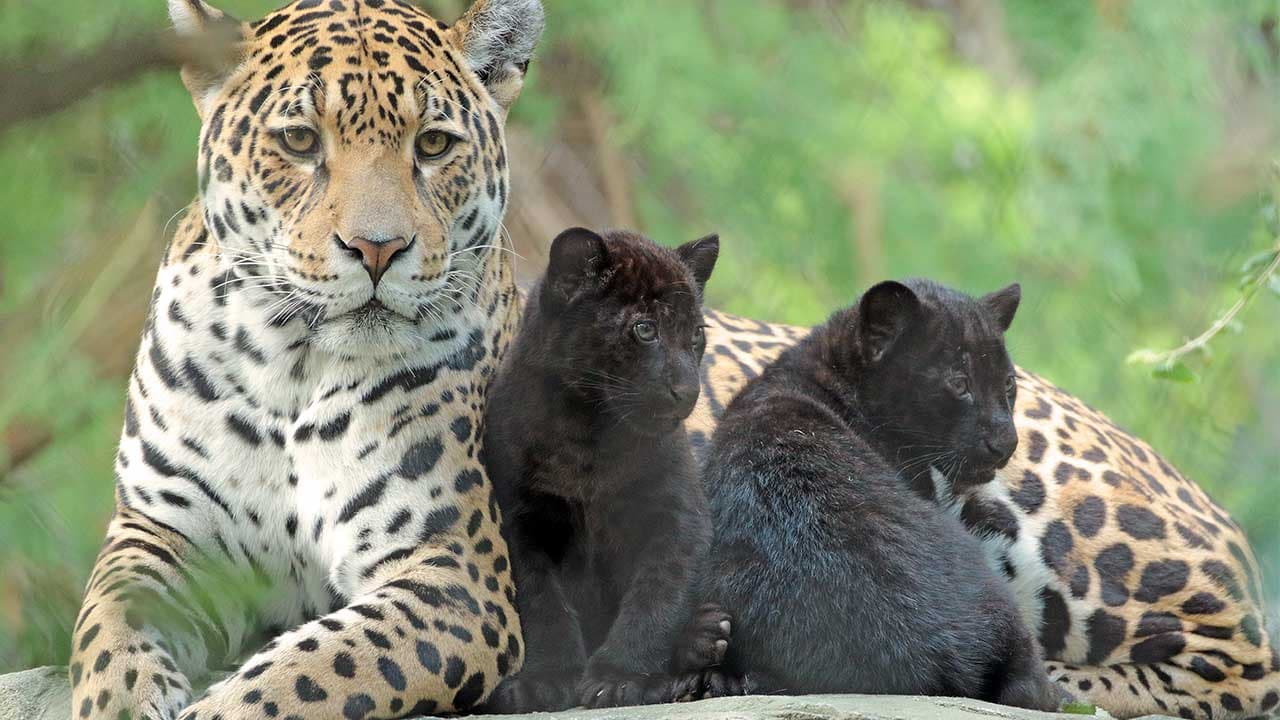German wildlife photographer Sascha Fonseca embarked on a daring journey deep into the birch forests of eastern Russia, armed with his trusty DSLR camera. His goal was to capture the elusive Siberian tiger in its natural, snow-covered habitat—a challenge he knew would require great patience and skill. Little did he know that his dedication would lead him to an extraordinary discovery that would not only surpass his own expectations but also contribute to the conservation efforts for this critically endangered species.

Known for his expertise in setting up camera traps, Fonseca spent countless hours in the forests, waiting for the perfect moment to capture the rare tiger. “Tigers are mainly active at night,” he explained, highlighting the difficulty of photographing such elusive creatures in their natural environment. However, his perseverance and technical knowledge paid off when he finally captured a breathtaking image of a Siberian tiger, its powerful frame outlined against the pristine white snow. The photograph was not just beautiful, but also a rare and precious glimpse into the life of a creature that is often hidden from human eyes.

But the surprises didn’t end there. Fonseca’s camera traps also recorded footage of an unregistered male Siberian tiger, a significant discovery for researchers studying the species. Upon observing a unique “L”-shaped pattern on the tiger’s cheekbone, Fonseca gave it the name Leo, in homage to the great Russian writer Leo Tolstoy. This discovery was not only exciting for Fonseca but also invaluable for wildlife conservationists, as every new sighting and piece of data on the Siberian tiger helps scientists better understand and protect these magnificent creatures.

The Siberian tiger, the largest wild cat on Earth, faces grave threats to its survival. With fewer than 400 remaining in the wild, the species is critically endangered due to poaching, habitat loss, and other human-induced pressures. Fonseca’s work, however, goes far beyond photography. He hopes that the striking images and footage he captures will serve to raise awareness about the urgent need to protect these tigers and their fragile habitat.
Through his captivating photographs, Fonseca not only showcases the beauty of the Siberian tiger but also emphasizes the vulnerability of the natural world. His work acts as a powerful reminder that the fight to protect endangered species is far from over. By shedding light on the Siberian tiger’s struggles, Fonseca is doing his part to inspire action and mobilize global efforts to conserve these incredible animals.

As he continues his journey, Fonseca is driven by a deep sense of respect for the creatures he photographs and a passion for ensuring that future generations can experience the awe-inspiring presence of the Siberian tiger in the wild. His photographs capture more than just images; they tell a story of hope, perseverance, and the urgent need for conservation. In sharing his work with the world, Fonseca encourages all of us to reflect on our responsibility to protect the natural world and to act now to secure a future where these majestic tigers roam freely once again.















